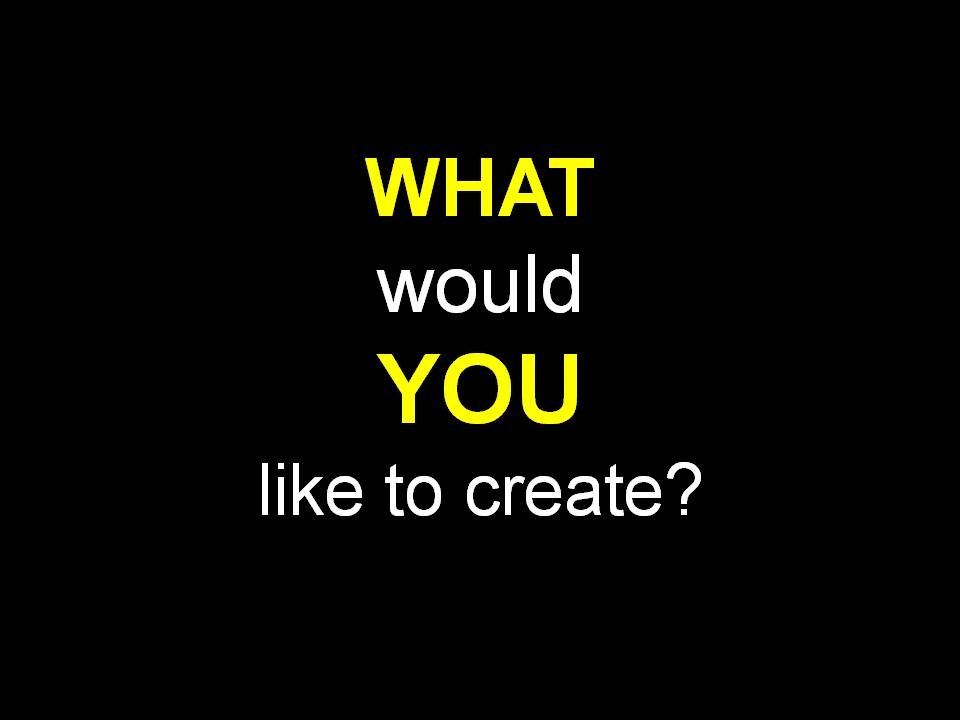In Professional Skills #CT231, a 2nd year BSc IT module, students develop their research, writing and presentation skills — both in conventional formats (written reports and in-class presentations) and using web 2.0 technologies. The foundation of the module is the development of digital literacies, defined by FutureLab (2010, p. 3) as “the ability to participate in a range of critical and creative practices that involve understanding, sharing and creating meaning with different kinds of technology and media.”
CT231 students explore digital identity, changing definitions of privacy, assessing information, search personalisation, social media, social bookmarking, social networking, online publishing, and audio, video and multimedia presentations. In recent years, students have produced excellent and creative work for assessment such as writing and editing Wikipedia articles, creating “tip sheets” for other students and creating blogs (or expanding existing blogs).
This year, instead of giving students a list of options for projects, I decided to find out what students would like to create. Last week, I asked students the following question:
Students generated ideas on their own at first and then worked in small groups to identify similarities and differences. A few students struggled with the open-ended task (as illustrated in the photo at the top of this post). This is not altogether surprising. Students explained to me that this is the first time they have ever been asked to decide their own modes of assessment. Given that this was new territory it was affirming to see that most students welcomed the opportunity and suggested plenty of ideas — there was great energy in the room during these discussions! The range of ideas was diverse, more so than any list I could have formulated. This was great learning for me and something I will do again.
Student ideas included:
- create/edit Wikipedia article
- blog/website
- video tutorial(s)
- multimedia presentation (e.g. Prezi)
- video documentary
- podcasts (audio/video)
- Skype conference
- Google+/Twitter blogging
- photography
- interactive test
This week we discussed the list and made plans for students to select from these options. A grading rubric will be drafted and discussed with students, so that all work submitted for assessment — diverse as it may be — will be assessed using the same criteria for “effective communication”. I’ll share our rubric when it is finalised.
Image: source


This sounds like a really interesting and worthwhile module and the method of assessment is highly commendable. The suggestions themselves show a certain understanding. I look forward to the rubric.
Thanks, Nigel. My question to students was a simple one, but it took a big shift in my thinking to ask it — and a similar shift in thinking for students to answer it. It has been a learning process for us all (and an enjoyable one, for me at least!). Thanks for your feedback and I’ll be interested in your thoughts on our rubric when it’s posted.